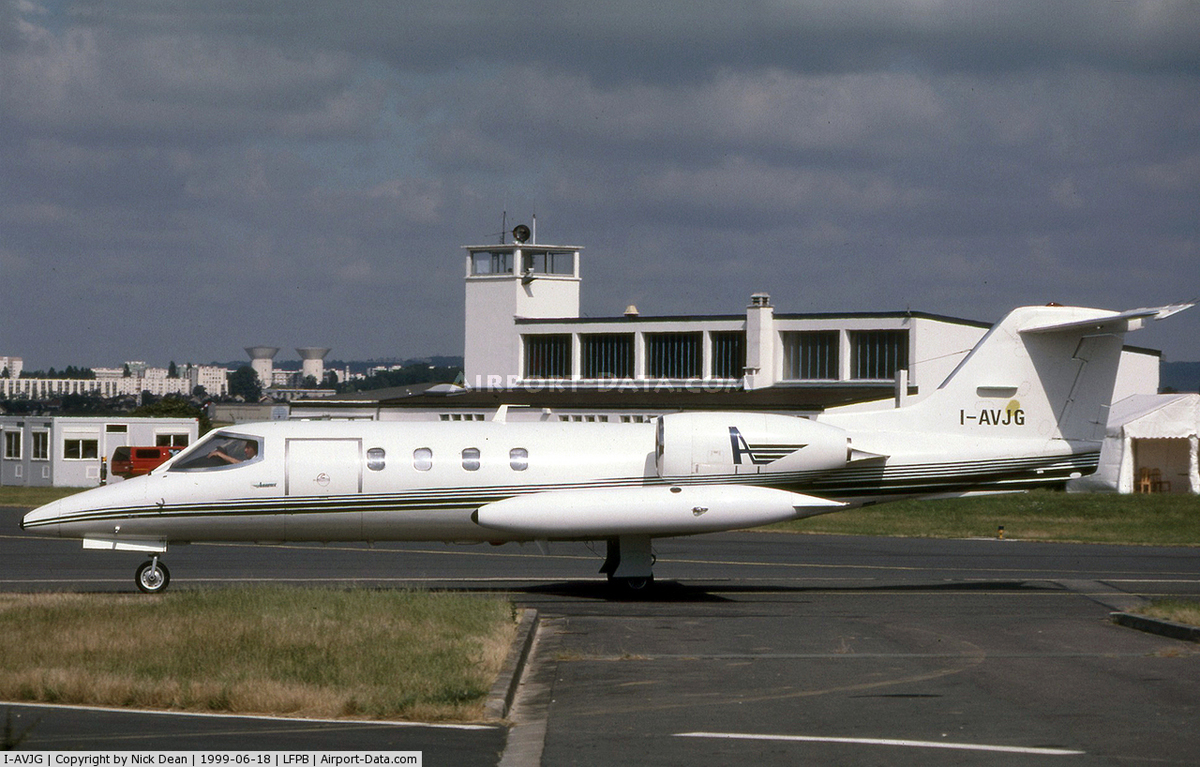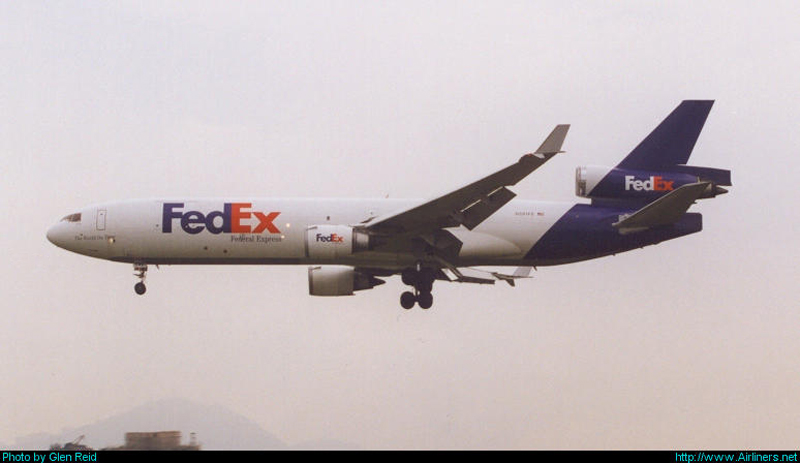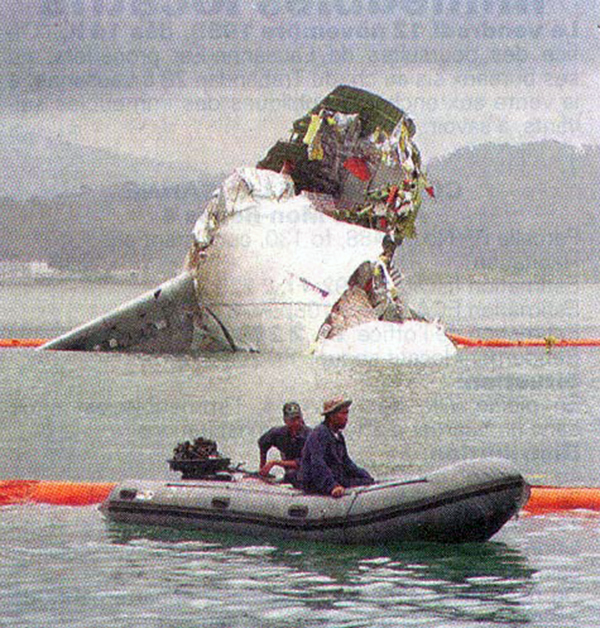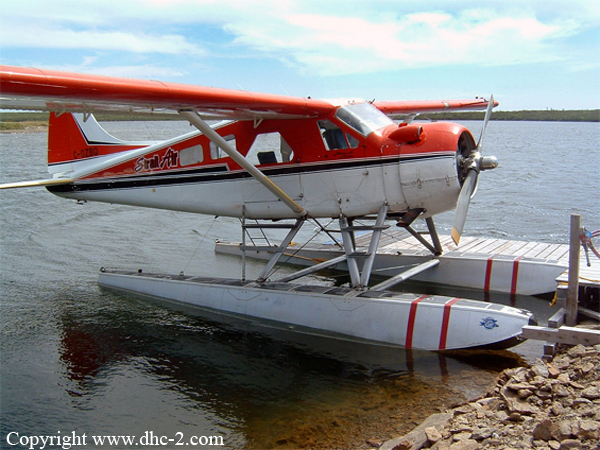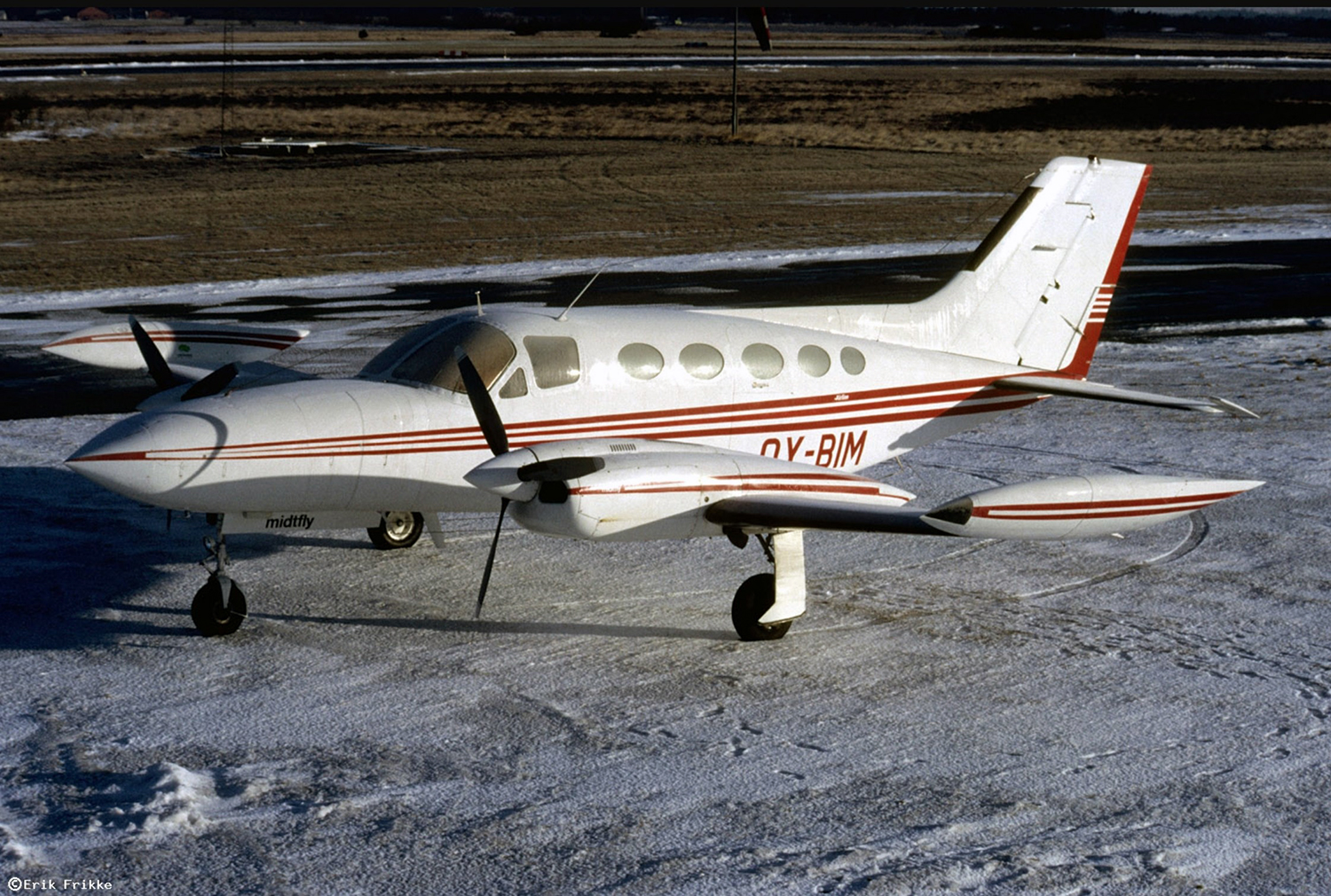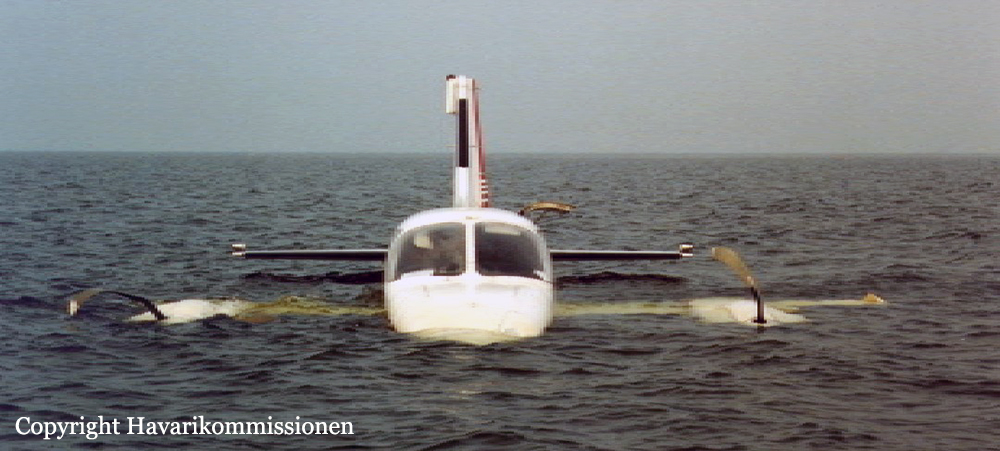Crash of a Lockheed P-3C-II.75 Orion off Pasni: 21 killed
Date & Time:
Oct 29, 1999
Registration:
83
Survivors:
No
Schedule:
Pasni - Pasni
MSN:
185-5827
YOM:
1988
Crew on board:
21
Crew fatalities:
Pax on board:
0
Pax fatalities:
Other fatalities:
Total fatalities:
21
Circumstances:
Crashed in unknown circumstances in the sea off Pasni while completing a maritime patrol flight. All 21 occupants were killed.



